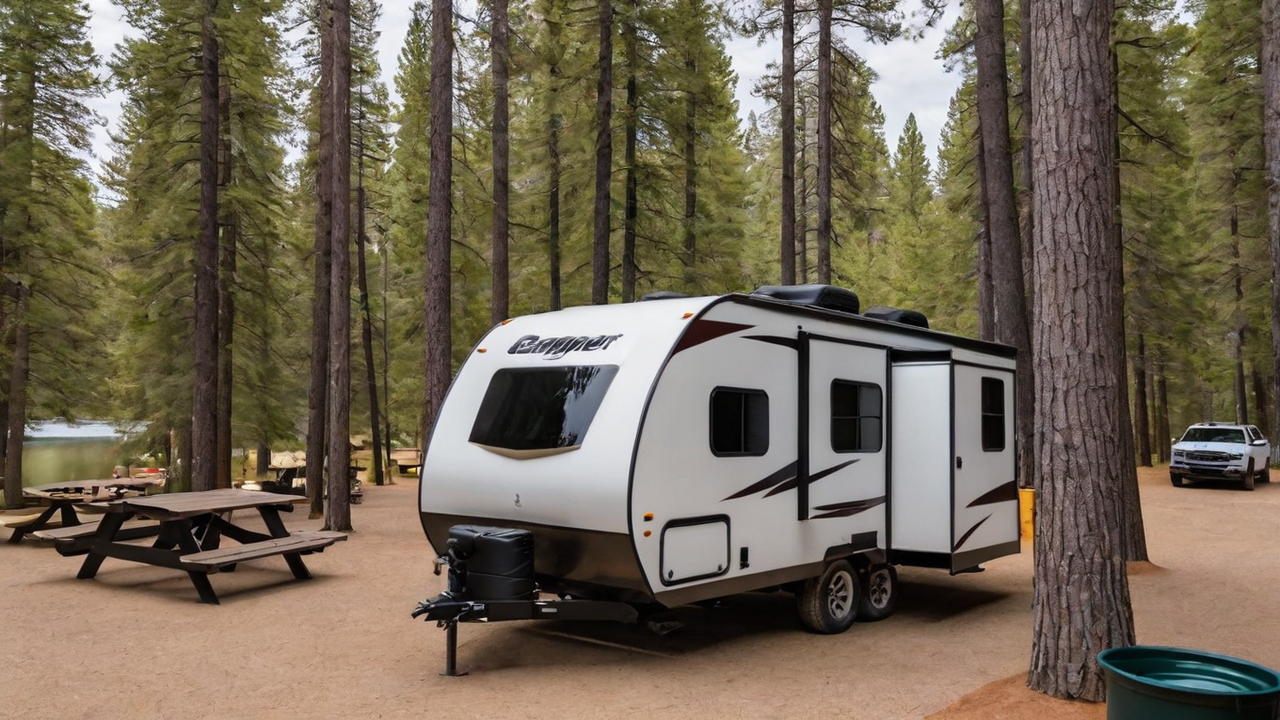Improving Site Selection with Geographic Information Systems Integration in Campsite Administration Software
Improving Site Selection with Geographic Information Systems Integration in Campsite Administration Software
Blog Article

Utilizing GIS for Improved Campsite Configurations
Integrating GIS into campground management software revolutionizes the way campgrounds are planned and managed. By leveraging precise geographical data, administrators can optimize the layout for improved accessibility and guest experience. This integration allows for the creation of detailed site maps that incorporate existing landscapes, maximizing the use of space while preserving the environment.
The capability to see and manipulate the campground configuration in real-time provides a significant advantage in planning and development. Precise GIS data helps in identifying ideal locations for amenities, ensuring they are both reachable and ecologically sustainable. This method not just enhances guest contentment but also contributes to a reduced environmental impact.
Simplifying Reservation Processes with Geographic Information Systems
By integrating GIS into campground reservation software, operators offer a more interactive booking process for campers. Guests can select their preferred spots based on real-time geographical data, including proximity to amenities and picturesque views. This level of precision in site choice significantly improves preparation and contentment for campers.
Furthermore, this technology cuts down the likelihood of overbooking and conflicts between reservations. Accurate GIS data guarantees that each site is correctly mapped, with clear demarcations, thus making a smoother reservation process. This efficiency not only saves time for site administrators but also enhances the overall customer experience.
Improving Security and Emergency Response with GIS
Integrating GIS into campground management software greatly enhances safety and emergency preparedness. Detailed site maps permit for precise location of emergency facilities like fire stations, medical points, and evacuation routes. This availability to critical information can significantly speed up reaction times in emergency situations, potentially saving lives.
Moreover, GIS data can be used to identify areas susceptible to environmental hazards such as flooding or wildfires, allowing for the development of proactive safety plans. By this technology, campground operators can implement precautionary strategies and alert campers of potential risks, thus guaranteeing a safer camping environment for everyone.
Optimizing Resource Allocation With GIS
GIS technology allows campground managers to efficiently allocate resources across the area. By analyzing geographical data, managers are able to determine the most strategic locations for amenities such as restrooms, picnic areas, and recreational areas. This ensures that all campers have convenient access to amenities, improving their total experience.
Additionally, GIS can help in monitoring the utilization of environmental assets, promoting sustainable practices within the campground. Through precise mapping, campsites can prevent overuse of vulnerable areas, supporting in conservation efforts and maintaining the beauty and health of the landscape.
Increasing Visitor Engagement with Interactive GIS Features
Interactive GIS maps enhance visitor engagement by offering an immersive exploration of the campground before arrival. Campers can explore different sites, see photos, and learn about nearby attractions directly via the campground’s website. This pre-visit interaction begins the guest experience on a high note, raising anticipation and satisfaction.
Moreover, these interactive tools can serve as a guide throughout the stay, offering up-to-date information on weather conditions, scheduled events, and available facilities. This connectivity ensures that campers remain informed and are able to completely experience their outdoor experience.
Advancing Eco-friendly Sustainability with GIS
GIS integration in campground management software plays a crucial role in promoting environmental sustainability. Accurate mapping allows for careful planning and conservation of environmental resources, reducing anthropogenic footprint on the landscape. Such tools facilitate to monitor and manage ecosystems, water bodies, and vegetation, ensuring their preservation for future generations.
Furthermore, by leveraging environmental GIS data, campgrounds can identify areas suitable for solar panels installations or other eco-friendly projects. Such strategy not only boosts the campground’s environmental stewardship but also lowers operational costs, showing a commitment to conserving the natural world.
Incorporating Community Knowledge into Campsite Planning with GIS
GIS systems enable campground operators to integrate community knowledge into campsite planning. By collaborating with community residents, operators can acquire a deeper understanding of the area and its historical importance. Such partnership guarantees that campsites are planned with respect for community values and heritage, enriching the visitor encounter.
Moreover, such cooperation assists in discovering distinct opportunities for campground activities and attractions that showcase the local culture and landscape. Implementing local perspectives into the planning process not only enhance the authenticity of the campground but also strengthens relationships with the local populace, establishing a beneficial effect for all parties.
Adjusting to Changing Guest Expectations with Dynamic GIS Data
The landscape of outdoor recreation is always evolving, with visitor demands getting more sophisticated. Utilizing dynamic GIS data allows campground managers to quickly adapt to these shifts by updating amenities and services to meet current needs. This flexibility ensures that campgrounds remain attractive and competitive in a rapidly changing market.
Additionally, the capability to gather and analyze guest feedback through GIS-based applications means campground operators can constantly refine their offerings. Tailoring the outdoor adventure to meet individual preferences not only increases guest contentment but also promotes return visits, driving the success of the campground in the long term.
continue reading Report this page